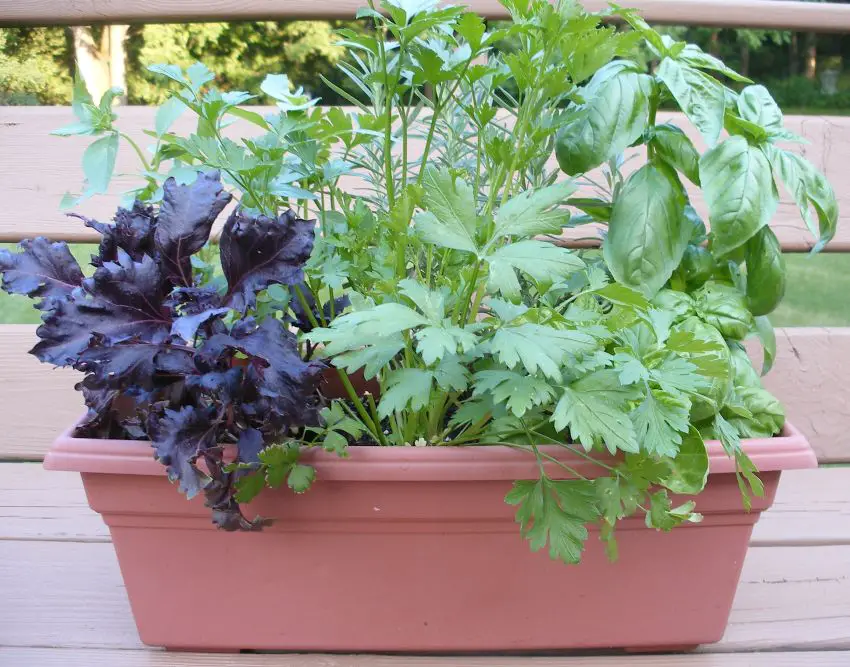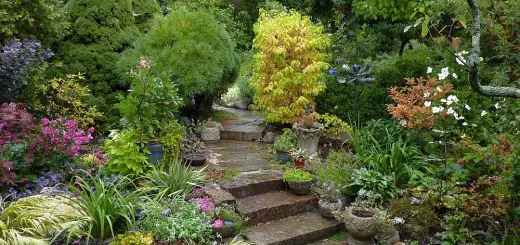Growing Vegetables Indoors – Practical Tips
We often start from the premise living in an apartment removes any prospect of indulging in gardening at home. Well, the premise is false and specialists with Fix.com are here to prove that to us, showing that a small space is by no means a barrier to a hobby. With little gardening knowledge and easy to meet conditions, such as space, light and temperature, you can grow veggies at home, be it an apartment or not. Below are some practical tips teaching you how to put home-grown veggies on the table.
Go for easy to grow plants, such as carrots. Rich in vitamin A, biotin, vitamin K, carrots are simple to grow, but they do require a great deal of light and a decent amount of space. Plant the seeds 1 inch apart in fertile soil containing plenty of nitrogen-rich humus. If you plant several rows of carrots, be careful not to crowd the roots, which are quite fragile. Use a deep container (up to 2 feet) where you can mix composted food scraps into organic soil to create a nitrogen-rich blend. Ensure the soil stays moist, but not drenched, and watch the seeds germinate within a couple of weeks. Radishes, another root vegetable, are also a good fit for indoor gardens.
If you like aromatic herbs, then you should also they are also easy to plant and grow indoors. Basil, parsley, oregano or thyme can be grown on the windowsill or on the balcony by following a few easy steps. Water regularly without drenching and make sure there’s plenty of natural air circulating so plants can breathe. Note that some herbs, such as the rosemary, grow better in cooler conditions.
Herbs go hand in hand with leafy greens which can also make it onto your table directly from makeshift planters. Specialists recommend scattering seedlings in plastic berry containers lined with several layers of moist paper towels and then placing them in a brown paper bag in a dark area of the home. Spray with water occasionally to maintain a moist environment. When the seedlings reach about 1 inch in height, remove them from the bag, and relocate to a lighter area, but not in direct sunlight. Harvest the greens when they reach two to three inches.



















